I love photographing food. Most of what I have in my portfolio are photos of food I have cooked, styled, and photographed inside of my home with my DSLR. However, that doesn’t stop me from wanting to photograph food while dining at restaurants! I like to post my images to both Instagram and Yelp, and it’s important to me that my photos look as beautiful as possible in that environment.
There are some photography tips to keep in mind when you want to take pictures of your food while dining in a restaurant.
1. Find good light
Good light is the number one ingredient that can make or break the success of a food photograph, and when you are in a location where you have little control over you environment, then it’s smart to be on the hunt for ideal light to photograph with. When I dine out and intend on taking a few photos of my food before eating it, I will try and sit at tables where the light is ideal for photography. “Good” light for me is going to be soft, diffused window light, and I try to sit so that the light is either to my side or behind me. A shaded outdoor seat is also a good option as well.
2. If it’s too dark, don’t bother
My one rule for photographing food at a restaurant is this: if it’s too dark, I don’t even try to get a good shot. Sure, I can light my food with flashlights and other people’s phones, but most of the time the photos still end up looking awful and unnatural, and it just causes too much disruption to be worth the trouble. So, if I don’t have good light (if it’s dark, or if the color of the light is really bad), then I put the camera side and enjoy my meal.
(And please, DO NOT use your flash to photograph food in a darkened restaurant!) :)
3. Ask permission (if you feel it is necessary)
Most of the time, you’ll be ok with just getting a few photos of your food with your camera or phone. However, use good judgement and ask permission if you feel like it would be the polite thing to do, especially if you are going to take a little bit of time getting your shots. Odds are that the server will not mind at all, so it is mostly just a courtesy.
4. Use either a small camera or your phone
- Fujifilm X-T1, Zeiss Touit 32mm f/1.8 lens — © Nicole S. Young (nicolesy.com)
- iPhone 5 — © Nicole S. Young (nicolesy.com)
I love photographing food with my iPhone. Almost everyone has a camera-phone these days, so it’s not unusual to pull it out and get a few photos while at dinner. However, lately I have been hauling around my Fuji X-T1 with a small lens (the Zeiss Touit 32mm f/1.8), which I have found makes a wonderful lens for hand-held food photography. It’s a small enough setup so that it doesn’t draw any unwanted attention from diners sitting nearby.
5. Take advantage of what you have on the table
If you are finding that you need a little more light on your food, or need to balance it out from what is coming through the window, then you probably could make use of some sort of reflector. The good news is that you probably have something on your table that can help do the job! Use a menu, or a white napkin, to bounce light back onto your food.
6. Watch your background
When photographing at dinner, having things in the background is ok. In fact, I usually prefer it. But I do also like to have the background still look nice, with things spaced as nicely as possible. Oftentimes I will photograph the food at an angle from where I am sitting, and try to get the table in as the background as much as possible. I will also quickly move glasses, flatware, and napkins around until it’s set up nicely.
7. Fill the frame.
Try to make the main food item or plate fill at least 75% of your frame. You can even cut in close and crop out a portion of the plate if you want to feature a specific item on the plate, too.
8. Focus on the foreground of the food
Most of the time, focusing on the foreground of your food is going to be the most appealing look for your overall photograph. You don’t want a large food item in the foreground that is completely blurred, or it can add tension to the image. And, if you’re not sure the exact spot to focus on, try focusing something prominent in the food, such as an herb or garnish.
9. Try different angles and perspectives
- iPhone 5 — © Nicole S. Young (nicolesy.com)
- iPhone 5 — © Nicole S. Young (nicolesy.com) — © Nicole S. Young (nicolesy.com)
Most of the time I photograph my food at eye-level. However, there have been times when the shot from above is more appealing. Also, getting hands and movement in the shot is another way to bring the viewers in and make them really want to grab the food right out of your photograph!
10. Be quick about it!
You are out to eat at a nice restaurant, and have a tasty meal in front of you. Odds are that you did not come to the restaurant to photograph your food, but rather, to eat it! So take a minute to get your photos, and then put your camera (or phone) down and enjoy your meal. :)
Below is a gallery filled with images of food I have photographed while dining at a restaurant:
- iPhone 5 — © Nicole S. Young (nicolesy.com)
- iPhone 5 — © Nicole S. Young (nicolesy.com) — © Nicole S. Young (nicolesy.com)
- Canon 5D Mark III, 100mm Canon f/2.8L Macro lens — © Nicole S. Young (nicolesy.com)
- Fujifilm X-T1, Zeiss Touit 32mm f/1.8 lens — © Nicole S. Young (nicolesy.com)
- Fujifilm X-T1, Zeiss Touit 32mm f/1.8 lens — © Nicole S. Young (nicolesy.com)
- Fujifilm X-T1, Zeiss Touit 32mm f/1.8 lens — © Nicole S. Young (nicolesy.com)
- Fujifilm X-T1, Zeiss Touit 32mm f/1.8 lens — © Nicole S. Young (nicolesy.com)
- FFujifilmuji X-T1, Zeiss Touit 32mm f/1.8 lens — © Nicole S. Young (nicolesy.com)
- Fujifilm X-T1, Zeiss Touit 32mm f/1.8 lens — © Nicole S. Young (nicolesy.com)
- Canon 5D Mark III, 100mm Canon f/2.8L Macro lens — © Nicole S. Young (nicolesy.com)
- Fujifilm X-T1, Zeiss Touit 32mm f/1.8 lens — © Nicole S. Young (nicolesy.com)
- Fujifilm X-T1, Fuji XF 18-135mm f/3.5-5.6 lens — © Nicole S. Young (nicolesy.com)
- iPhone 5 — © Nicole S. Young (nicolesy.com)
- Fujifilm X-T1, Zeiss Touit 32mm f/1.8 lens — © Nicole S. Young (nicolesy.com)
- Fujifilm X-T1, Zeiss Touit 32mm f/1.8 lens — © Nicole S. Young (nicolesy.com)
- Fujifilm X-T1, Zeiss Touit 32mm f/1.8 lens — © Nicole S. Young (nicolesy.com)
- Fujifilm X-T1, Zeiss Touit 32mm f/1.8 lens — © Nicole S. Young (nicolesy.com)
- FFujifilmuji X-T1, Zeiss Touit 32mm f/1.8 lens — © Nicole S. Young (nicolesy.com)
I love photographing food. Most of what I have in my portfolio are photos of food I have cooked, styled, and photographed inside of my home with my DSLR. However, that doesn’t stop me from wanting to photograph food while dining at restaurants! I like to post my images to both Instagram and Yelp, and it’s important to me that my photos look as beautiful as possible in that environment.
There are some photography tips to keep in mind when you want to take pictures of your food while dining in a restaurant.
1. Find good light
Good light is the number one ingredient that can make or break the success of a food photograph, and when you are in a location where you have little control over you environment, then it’s smart to be on the hunt for ideal light to photograph with. When I dine out and intend on taking a few photos of my food before eating it, I will try and sit at tables where the light is ideal for photography. “Good” light for me is going to be soft, diffused window light, and I try to sit so that the light is either to my side or behind me. A shaded outdoor seat is also a good option as well.
2. If it’s too dark, don’t bother
My one rule for photographing food at a restaurant is this: if it’s too dark, I don’t even try to get a good shot. Sure, I can light my food with flashlights and other people’s phones, but most of the time the photos still end up looking awful and unnatural, and it just causes too much disruption to be worth the trouble. So, if I don’t have good light (if it’s dark, or if the color of the light is really bad), then I put the camera side and enjoy my meal.
(And please, DO NOT use your flash to photograph food in a darkened restaurant!) :)
3. Ask permission (if you feel it is necessary)
Most of the time, you’ll be ok with just getting a few photos of your food with your camera or phone. However, use good judgement and ask permission if you feel like it would be the polite thing to do, especially if you are going to take a little bit of time getting your shots. Odds are that the server will not mind at all, so it is mostly just a courtesy.
4. Use either a small camera or your phone
- Fujifilm X-T1, Zeiss Touit 32mm f/1.8 lens — © Nicole S. Young (nicolesy.com)
- iPhone 5 — © Nicole S. Young (nicolesy.com)
I love photographing food with my iPhone. Almost everyone has a camera-phone these days, so it’s not unusual to pull it out and get a few photos while at dinner. However, lately I have been hauling around my Fuji X-T1 with a small lens (the Zeiss Touit 32mm f/1.8), which I have found makes a wonderful lens for hand-held food photography. It’s a small enough setup so that it doesn’t draw any unwanted attention from diners sitting nearby.
5. Take advantage of what you have on the table
If you are finding that you need a little more light on your food, or need to balance it out from what is coming through the window, then you probably could make use of some sort of reflector. The good news is that you probably have something on your table that can help do the job! Use a menu, or a white napkin, to bounce light back onto your food.
6. Watch your background
When photographing at dinner, having things in the background is ok. In fact, I usually prefer it. But I do also like to have the background still look nice, with things spaced as nicely as possible. Oftentimes I will photograph the food at an angle from where I am sitting, and try to get the table in as the background as much as possible. I will also quickly move glasses, flatware, and napkins around until it’s set up nicely.
7. Fill the frame.
Try to make the main food item or plate fill at least 75% of your frame. You can even cut in close and crop out a portion of the plate if you want to feature a specific item on the plate, too.
8. Focus on the foreground of the food
Most of the time, focusing on the foreground of your food is going to be the most appealing look for your overall photograph. You don’t want a large food item in the foreground that is completely blurred, or it can add tension to the image. And, if you’re not sure the exact spot to focus on, try focusing something prominent in the food, such as an herb or garnish.
9. Try different angles and perspectives
- iPhone 5 — © Nicole S. Young (nicolesy.com)
- iPhone 5 — © Nicole S. Young (nicolesy.com) — © Nicole S. Young (nicolesy.com)
Most of the time I photograph my food at eye-level. However, there have been times when the shot from above is more appealing. Also, getting hands and movement in the shot is another way to bring the viewers in and make them really want to grab the food right out of your photograph!
10. Be quick about it!
You are out to eat at a nice restaurant, and have a tasty meal in front of you. Odds are that you did not come to the restaurant to photograph your food, but rather, to eat it! So take a minute to get your photos, and then put your camera (or phone) down and enjoy your meal. :)
Below is a gallery filled with images of food I have photographed while dining at a restaurant:
- Fujifilm X-T1, Zeiss Touit 32mm f/1.8 lens — © Nicole S. Young (nicolesy.com)
- FFujifilmuji X-T1, Zeiss Touit 32mm f/1.8 lens — © Nicole S. Young (nicolesy.com)
- iPhone 5 — © Nicole S. Young (nicolesy.com) — © Nicole S. Young (nicolesy.com)
- Fujifilm X-T1, Zeiss Touit 32mm f/1.8 lens — © Nicole S. Young (nicolesy.com)
- Fujifilm X-T1, Zeiss Touit 32mm f/1.8 lens — © Nicole S. Young (nicolesy.com)
- Fujifilm X-T1, Zeiss Touit 32mm f/1.8 lens — © Nicole S. Young (nicolesy.com)
- Fujifilm X-T1, Zeiss Touit 32mm f/1.8 lens — © Nicole S. Young (nicolesy.com)
- iPhone 5 — © Nicole S. Young (nicolesy.com)
- Fujifilm X-T1, Zeiss Touit 32mm f/1.8 lens — © Nicole S. Young (nicolesy.com)
- Fujifilm X-T1, Zeiss Touit 32mm f/1.8 lens — © Nicole S. Young (nicolesy.com)
- Fujifilm X-T1, Fuji XF 18-135mm f/3.5-5.6 lens — © Nicole S. Young (nicolesy.com)
- FFujifilmuji X-T1, Zeiss Touit 32mm f/1.8 lens — © Nicole S. Young (nicolesy.com)
- Fujifilm X-T1, Zeiss Touit 32mm f/1.8 lens — © Nicole S. Young (nicolesy.com)
- Canon 5D Mark III, 100mm Canon f/2.8L Macro lens — © Nicole S. Young (nicolesy.com)
- Fujifilm X-T1, Zeiss Touit 32mm f/1.8 lens — © Nicole S. Young (nicolesy.com)
- iPhone 5 — © Nicole S. Young (nicolesy.com)
- Fujifilm X-T1, Zeiss Touit 32mm f/1.8 lens — © Nicole S. Young (nicolesy.com)
- Canon 5D Mark III, 100mm Canon f/2.8L Macro lens — © Nicole S. Young (nicolesy.com)

Nicole is a photographer, published author, and educator specializing in Lightroom, Photoshop, and photography. She is best known for her books on food photography but is widely versed in various photographic genres, including landscape, nature, stock, travel, and experimental imagery.

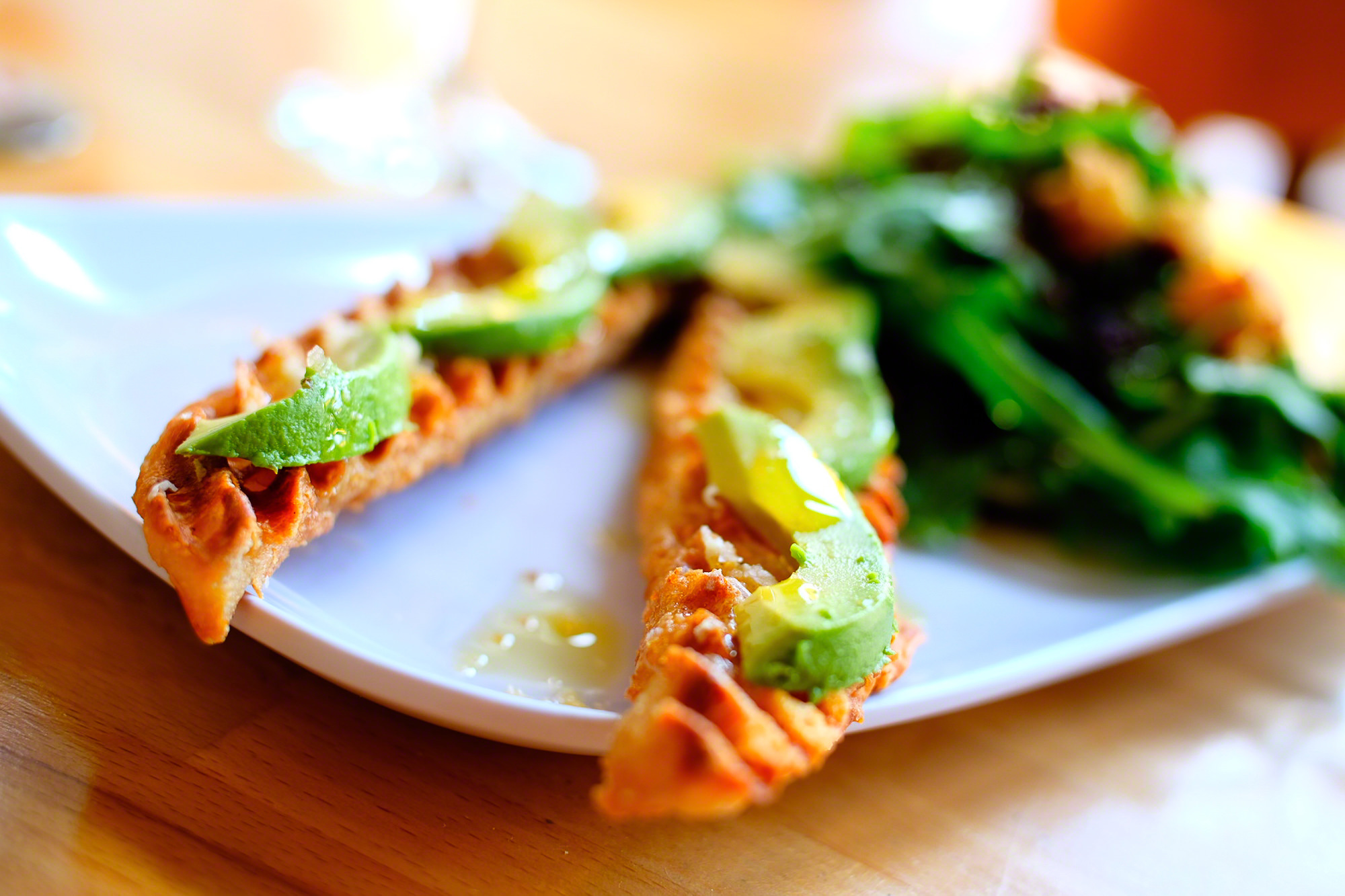

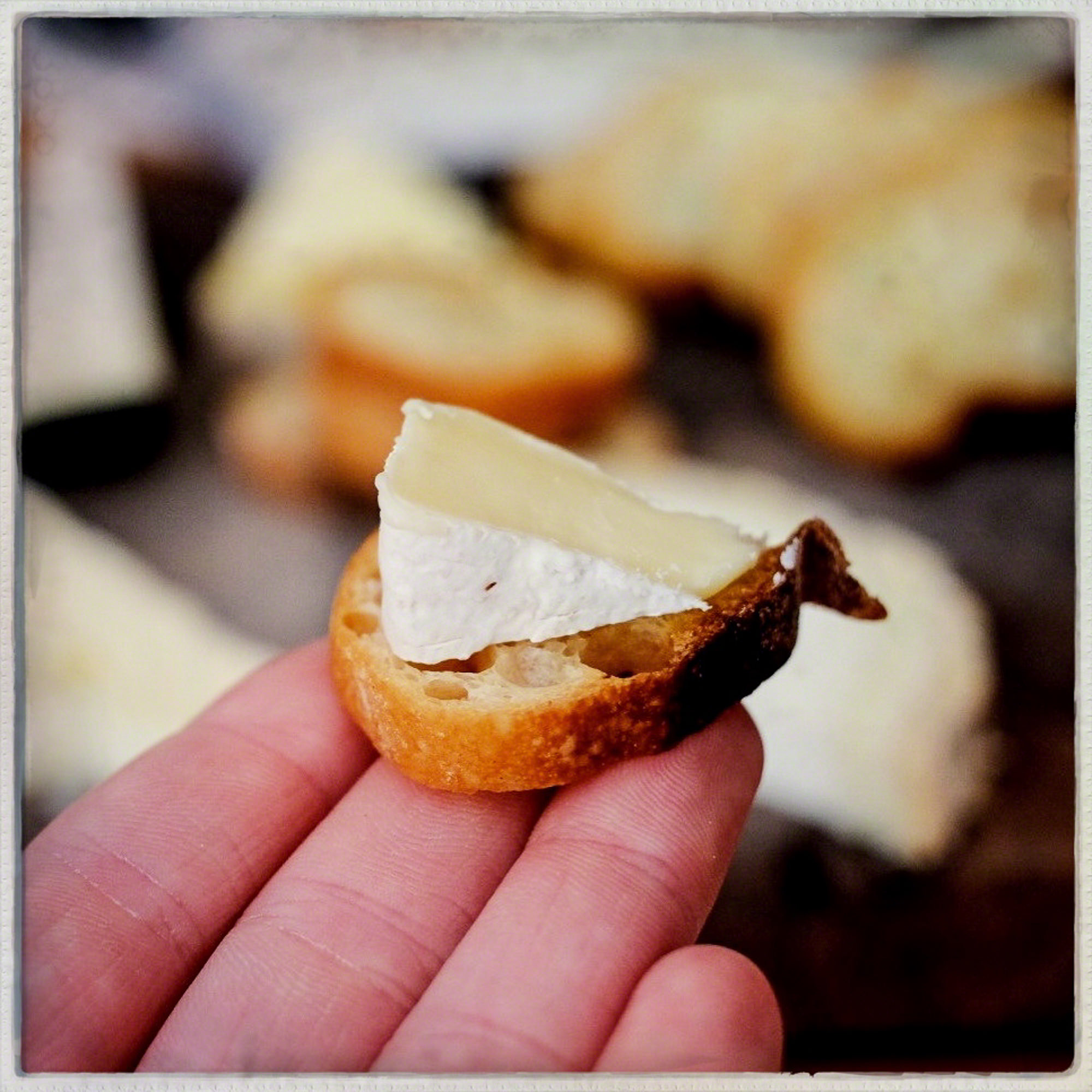
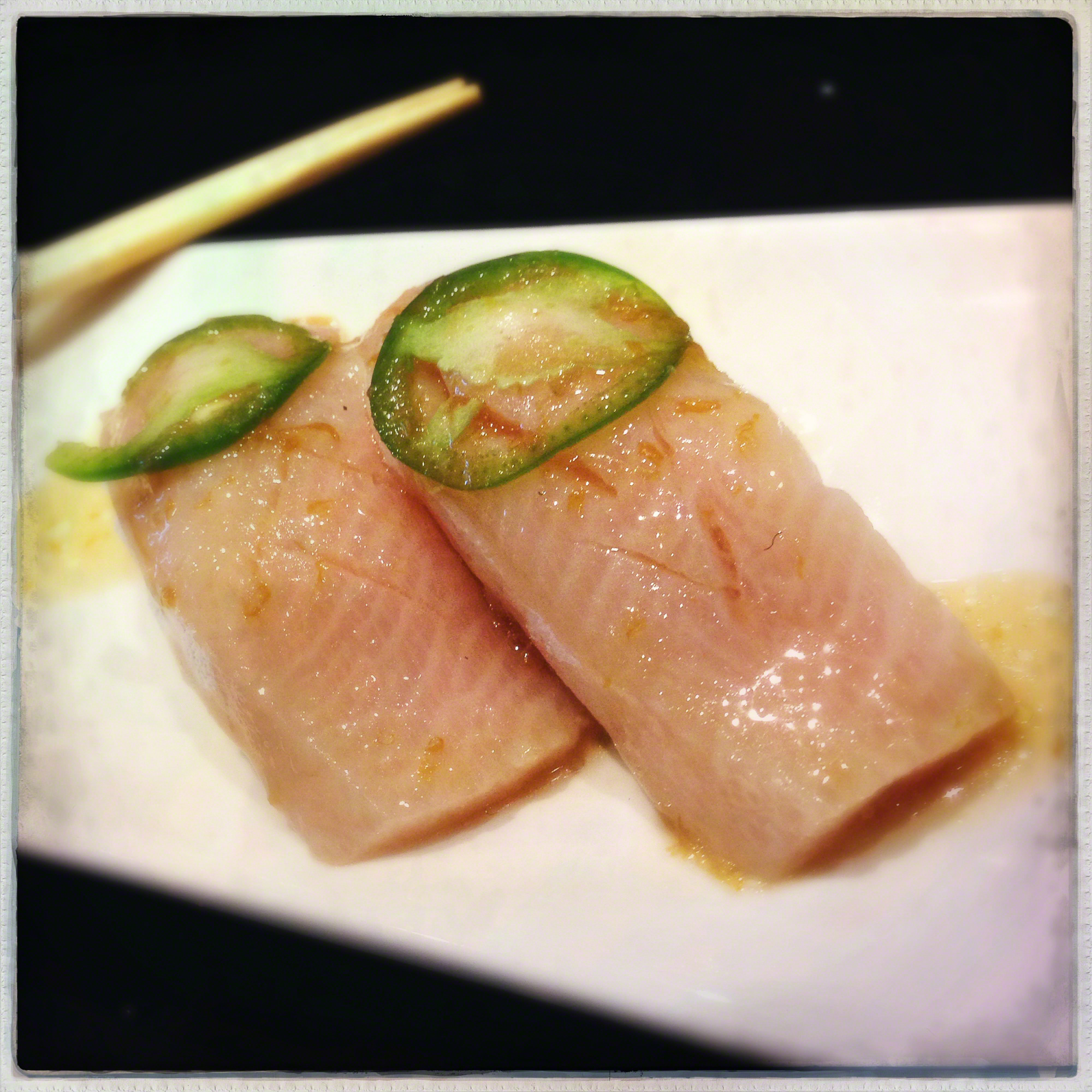


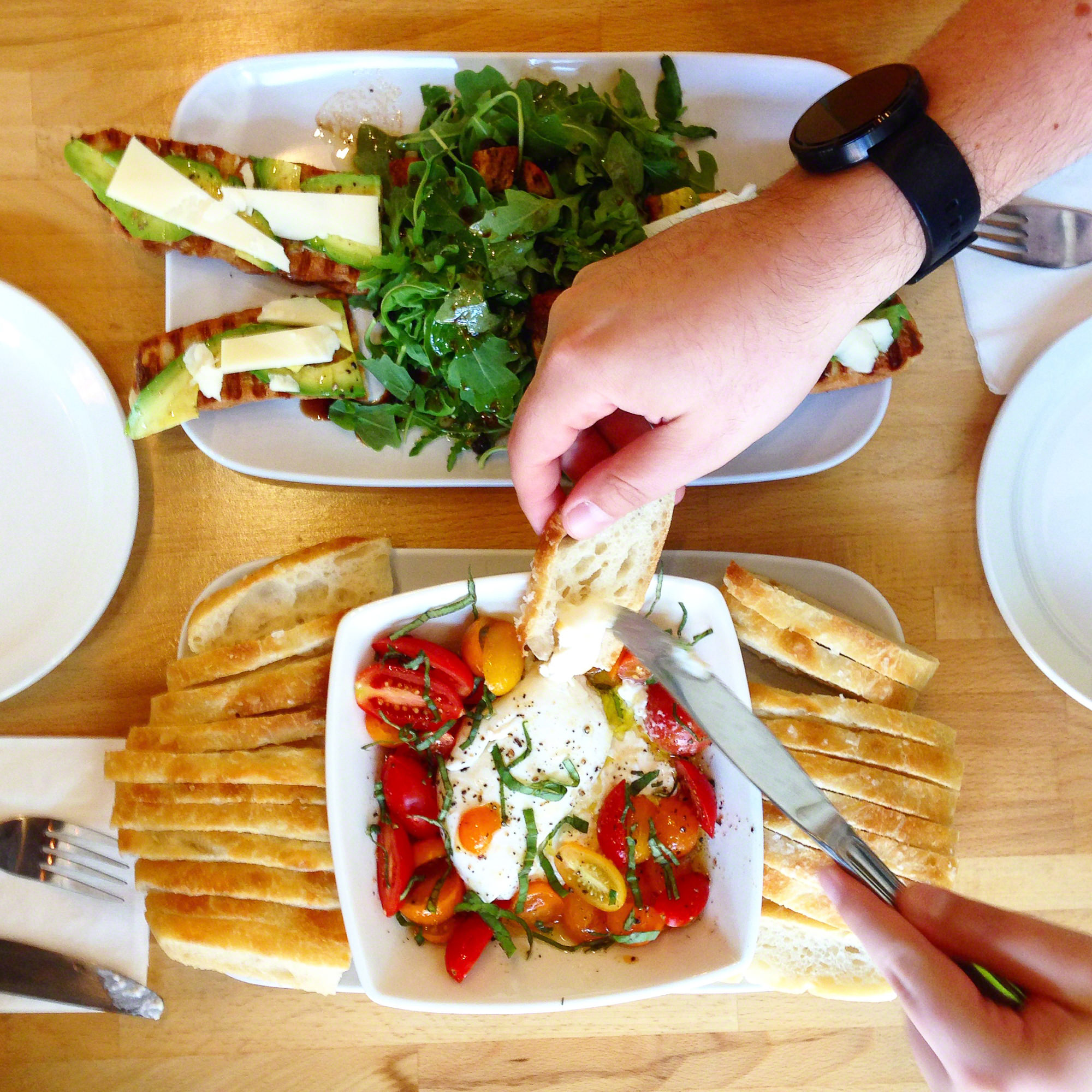


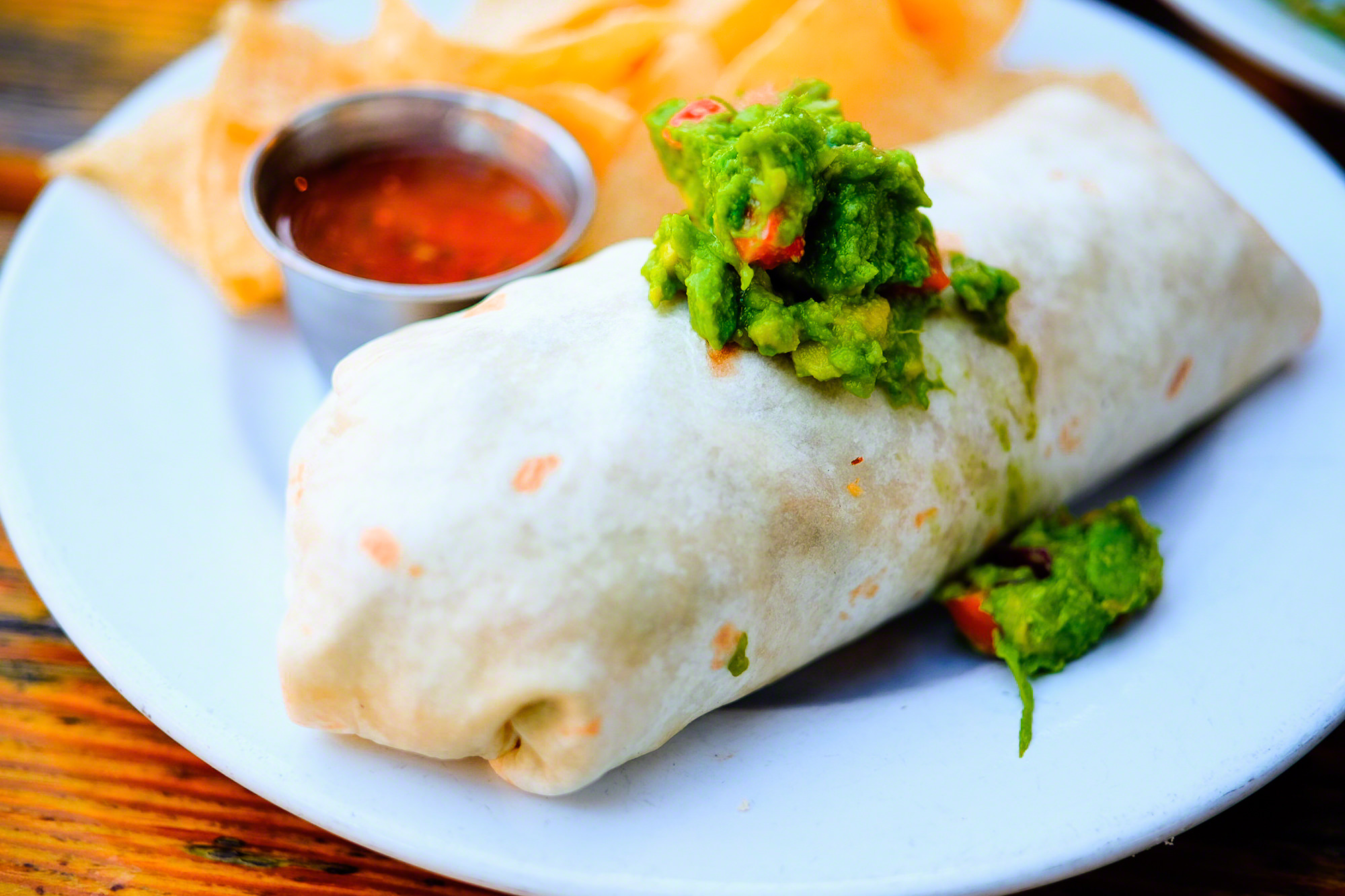
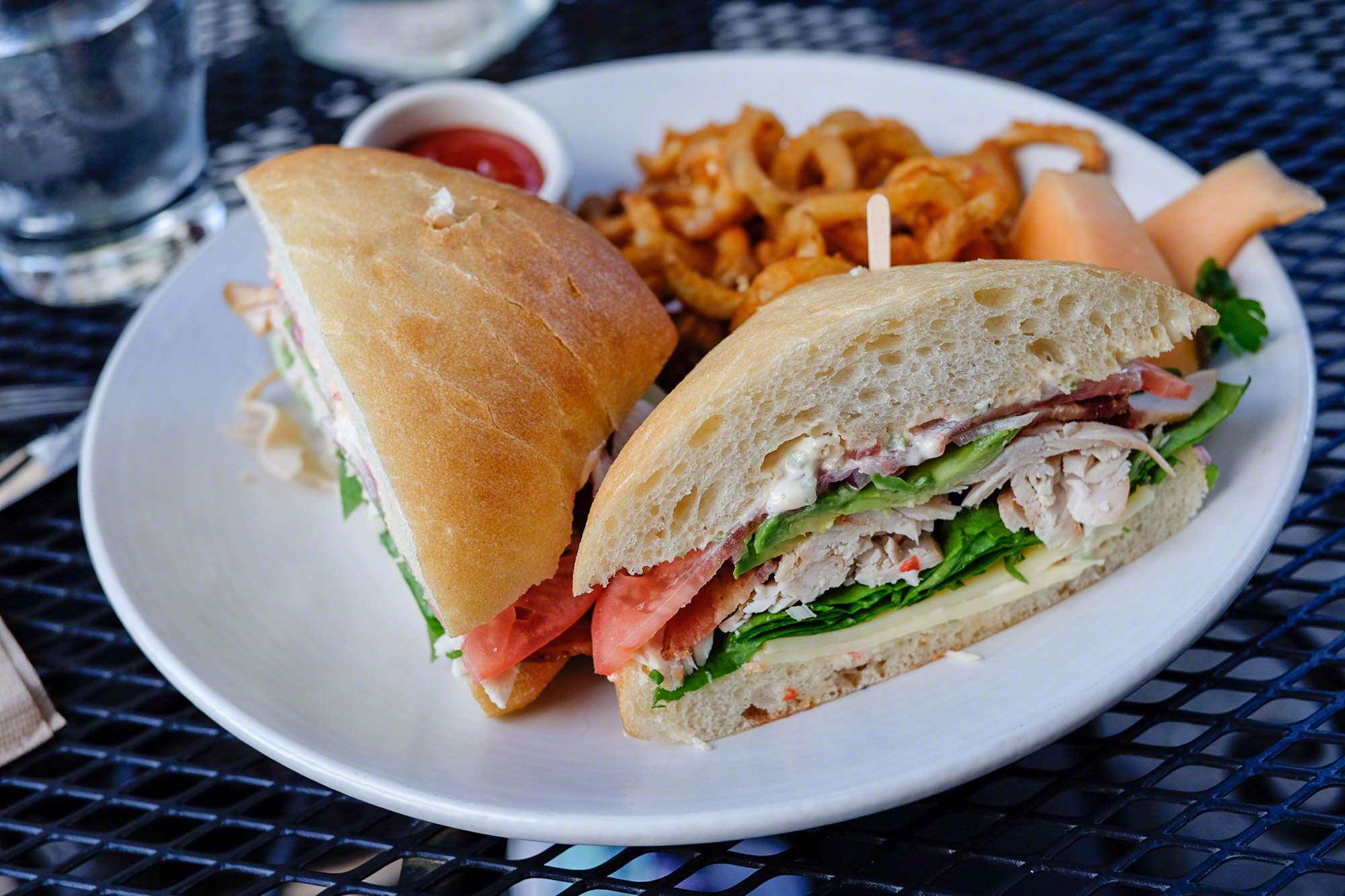
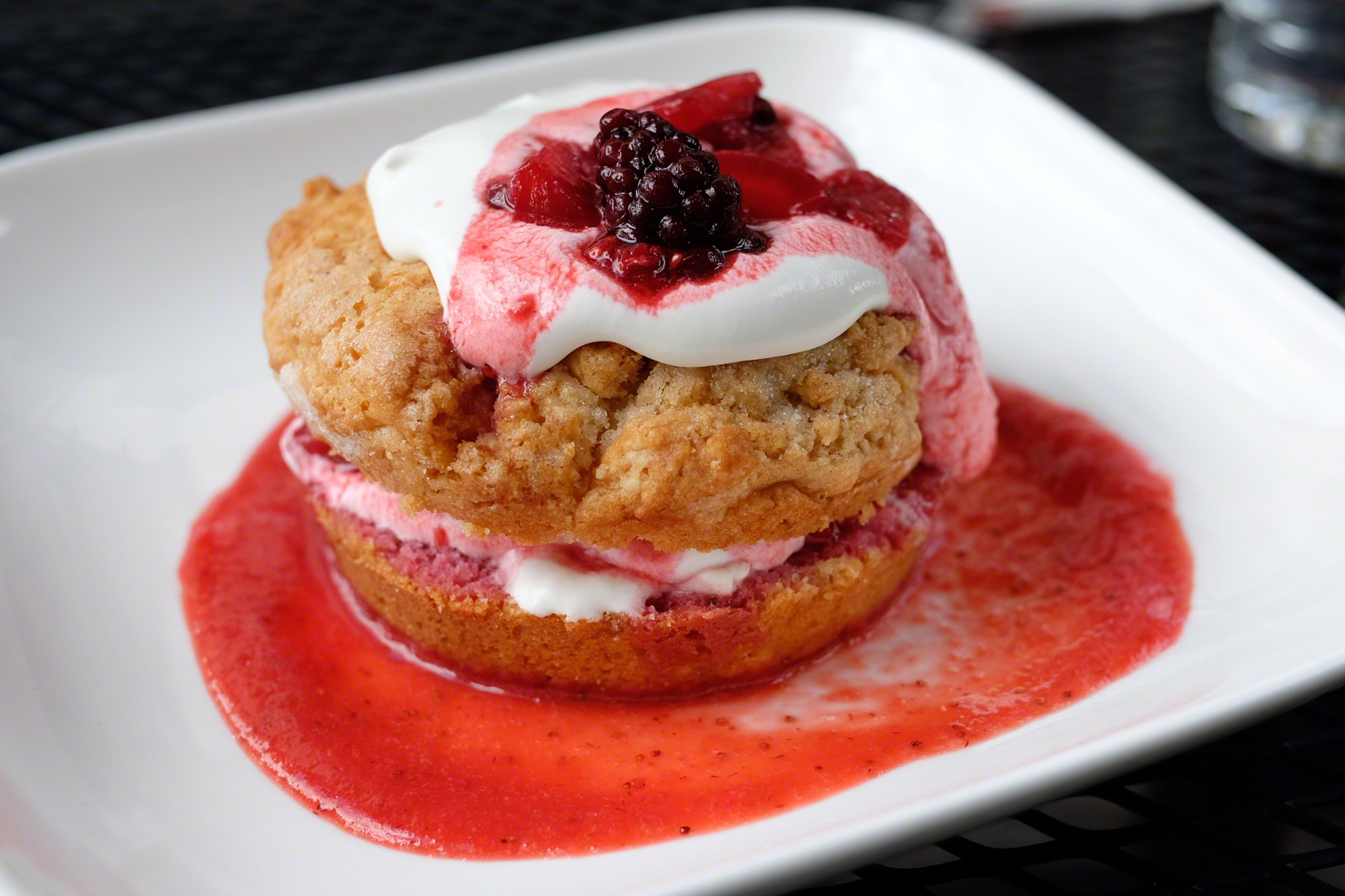
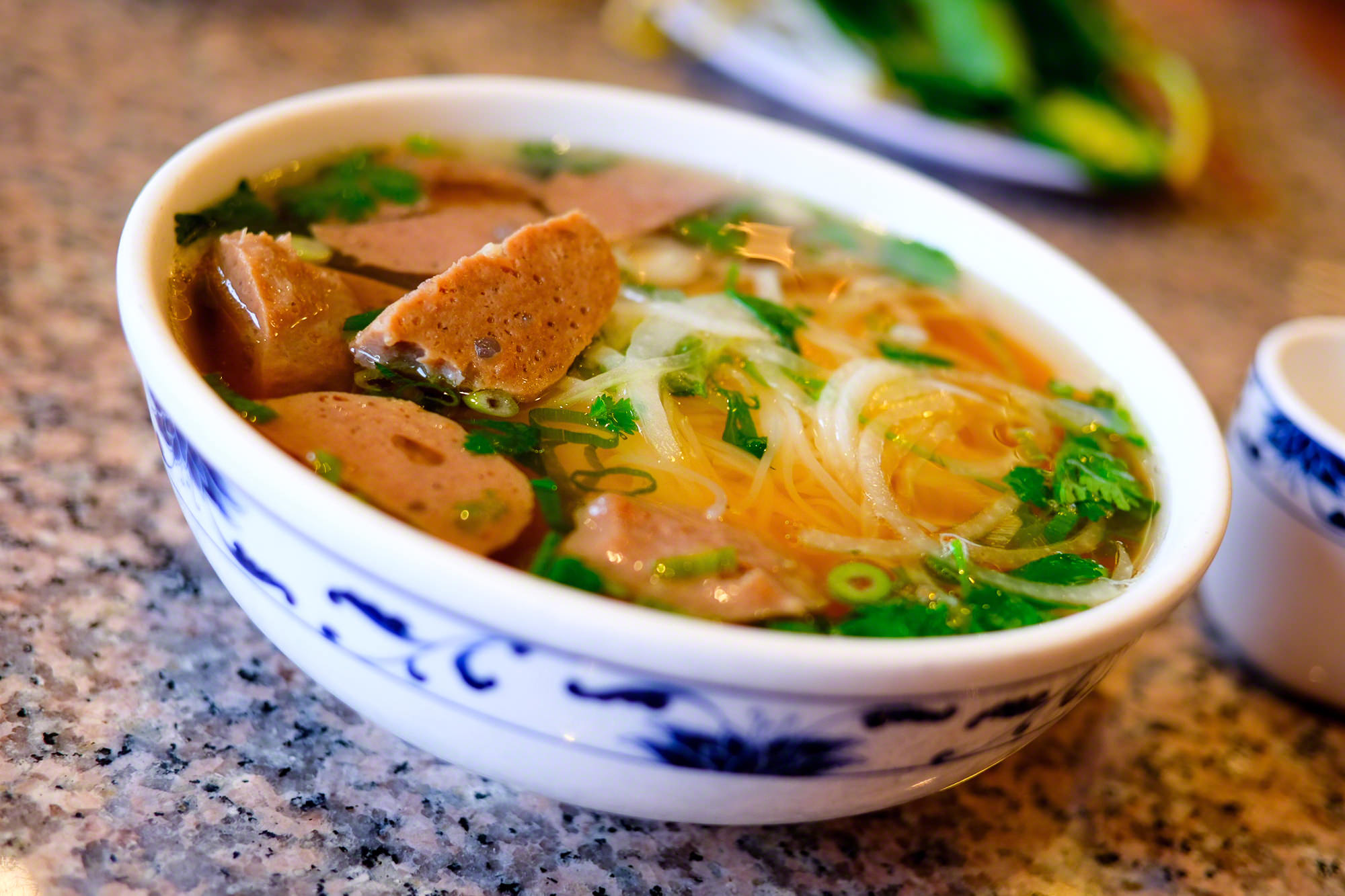
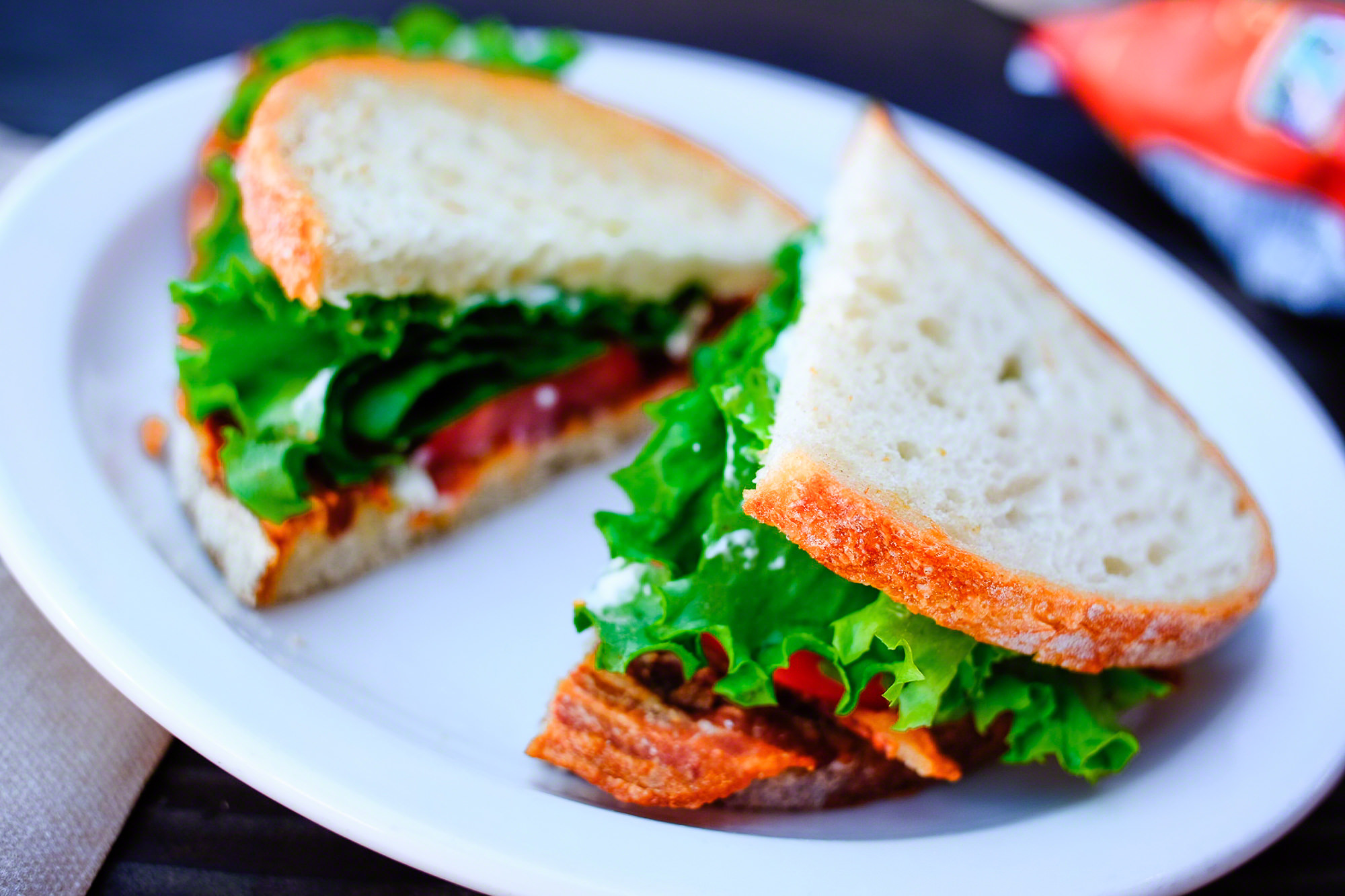
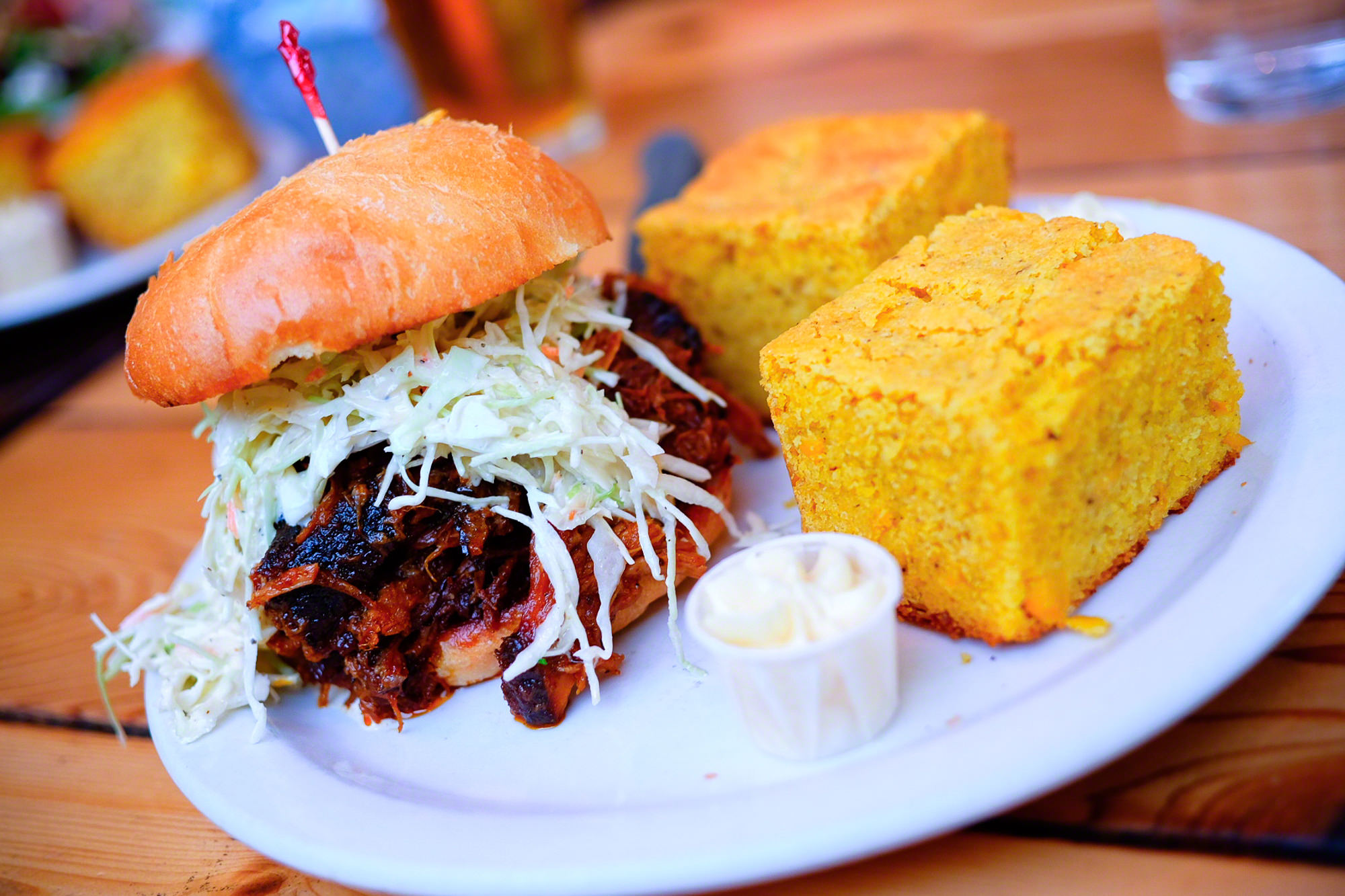
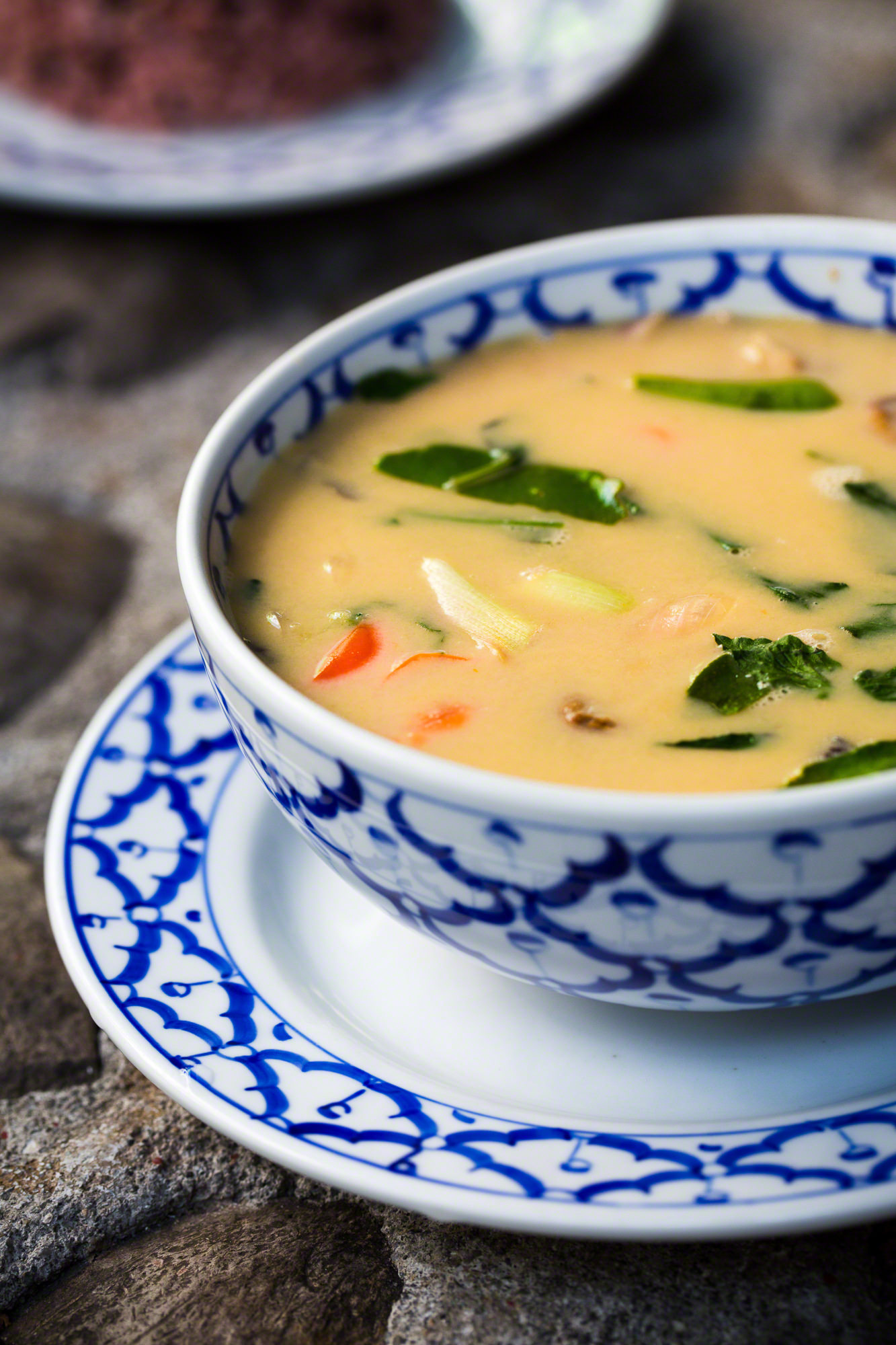

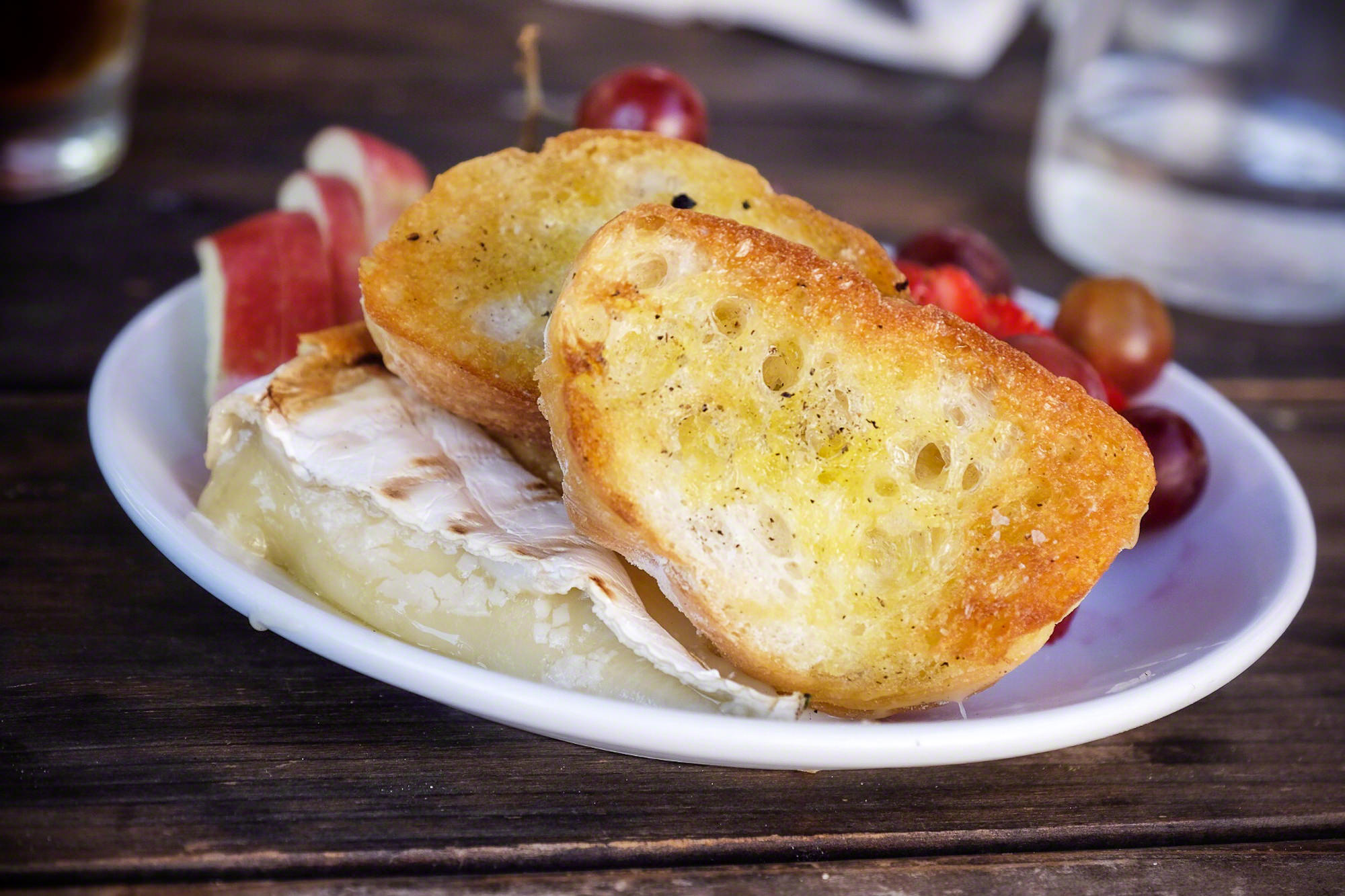
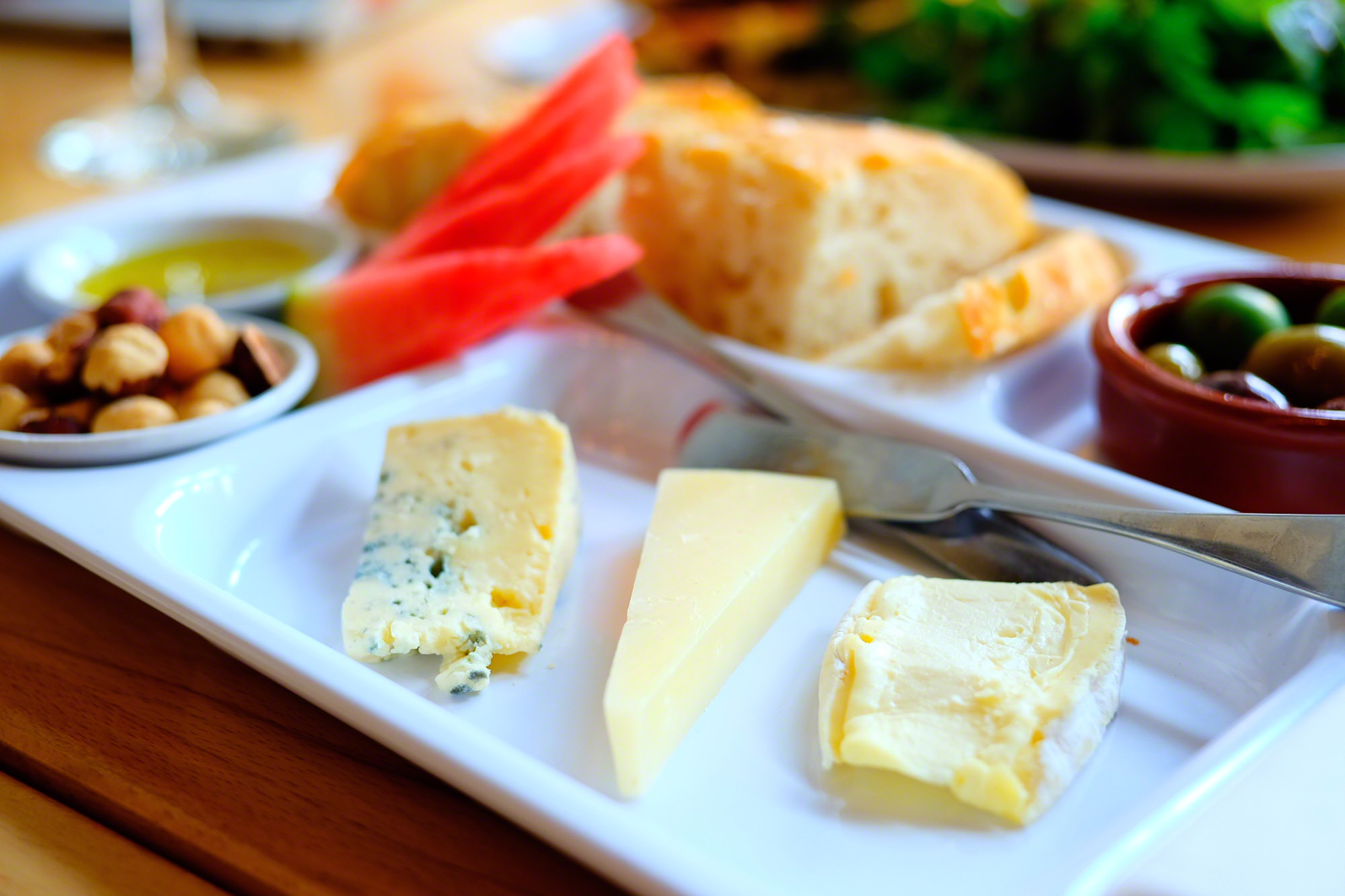
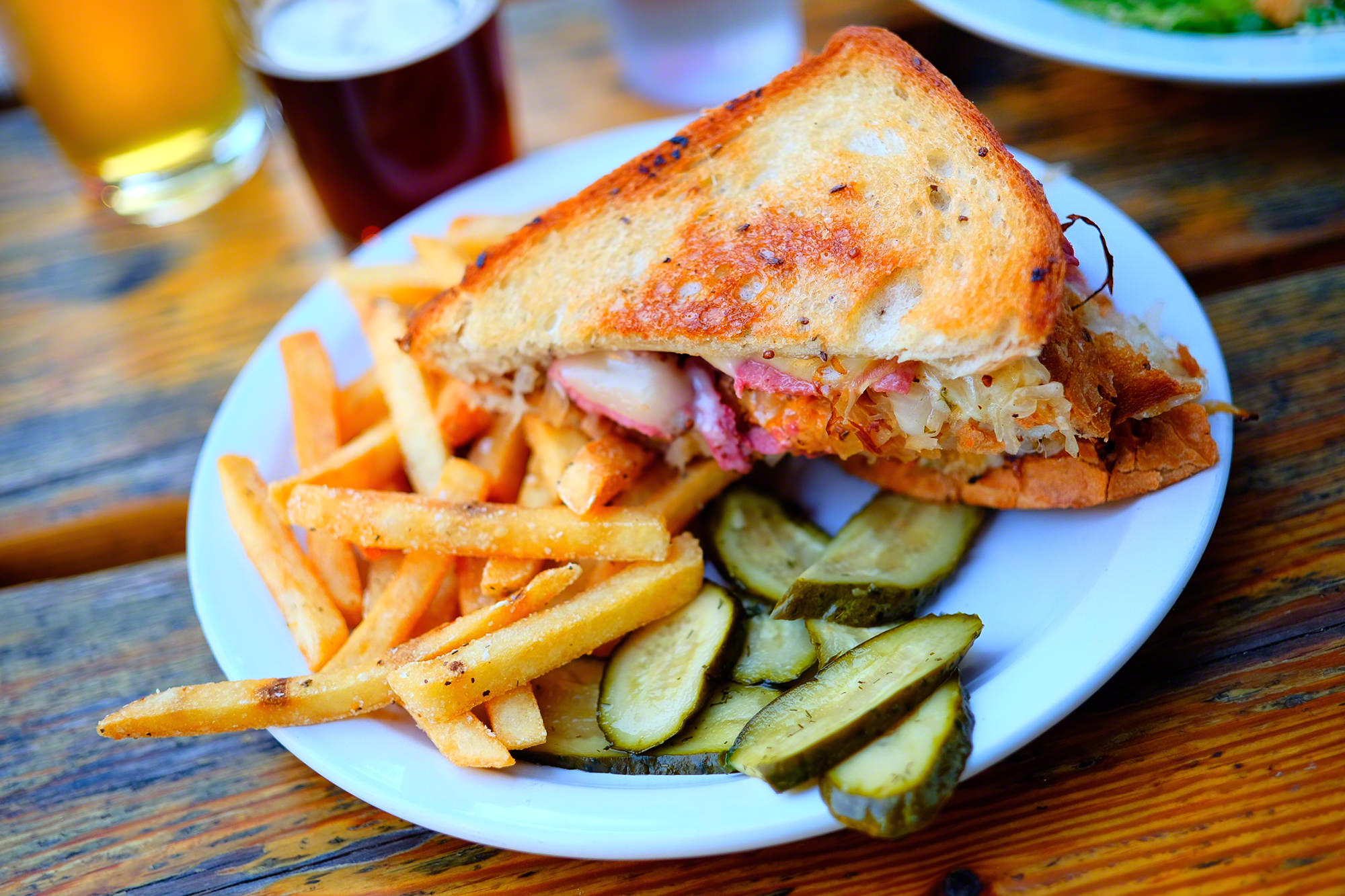
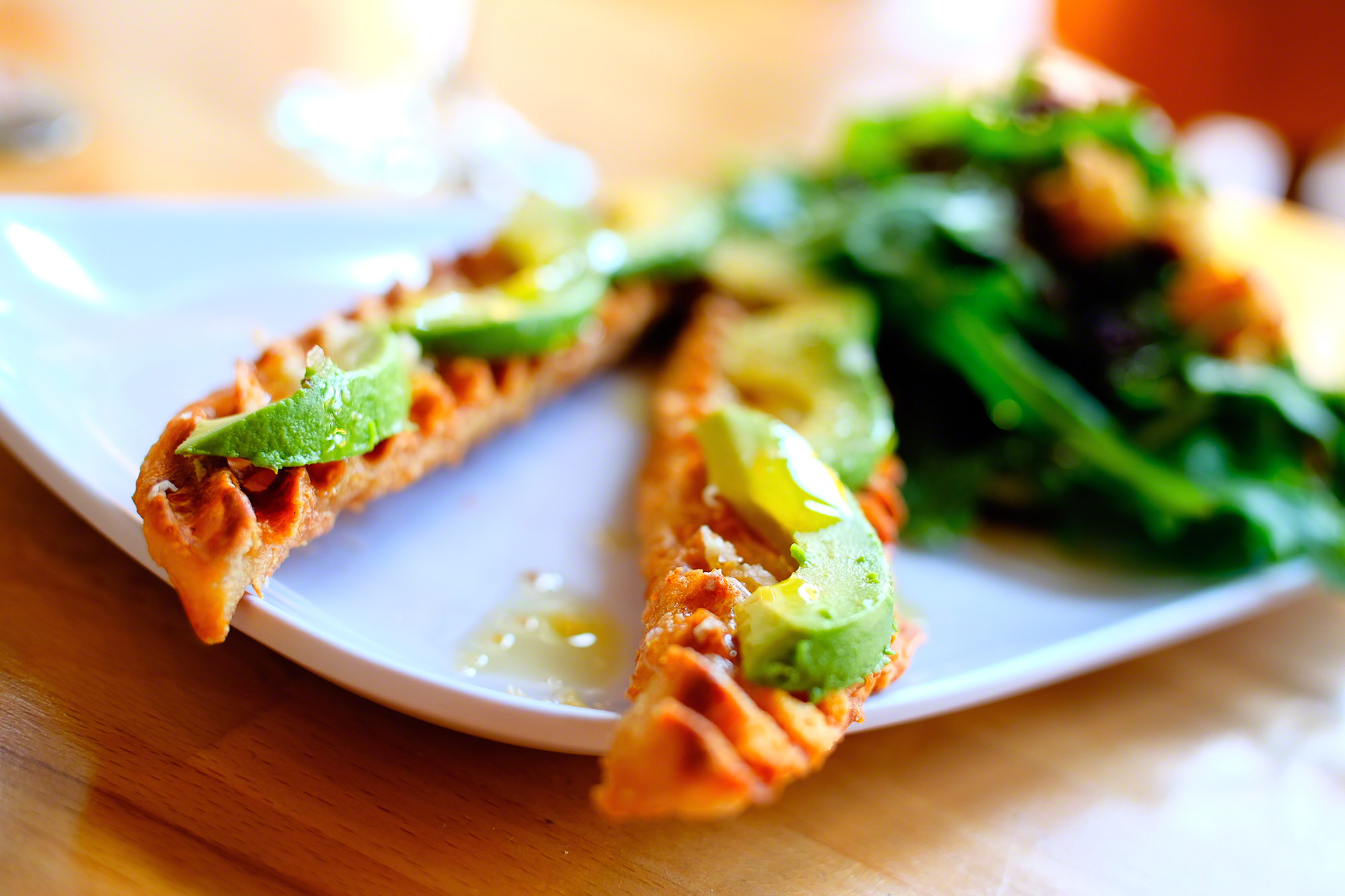


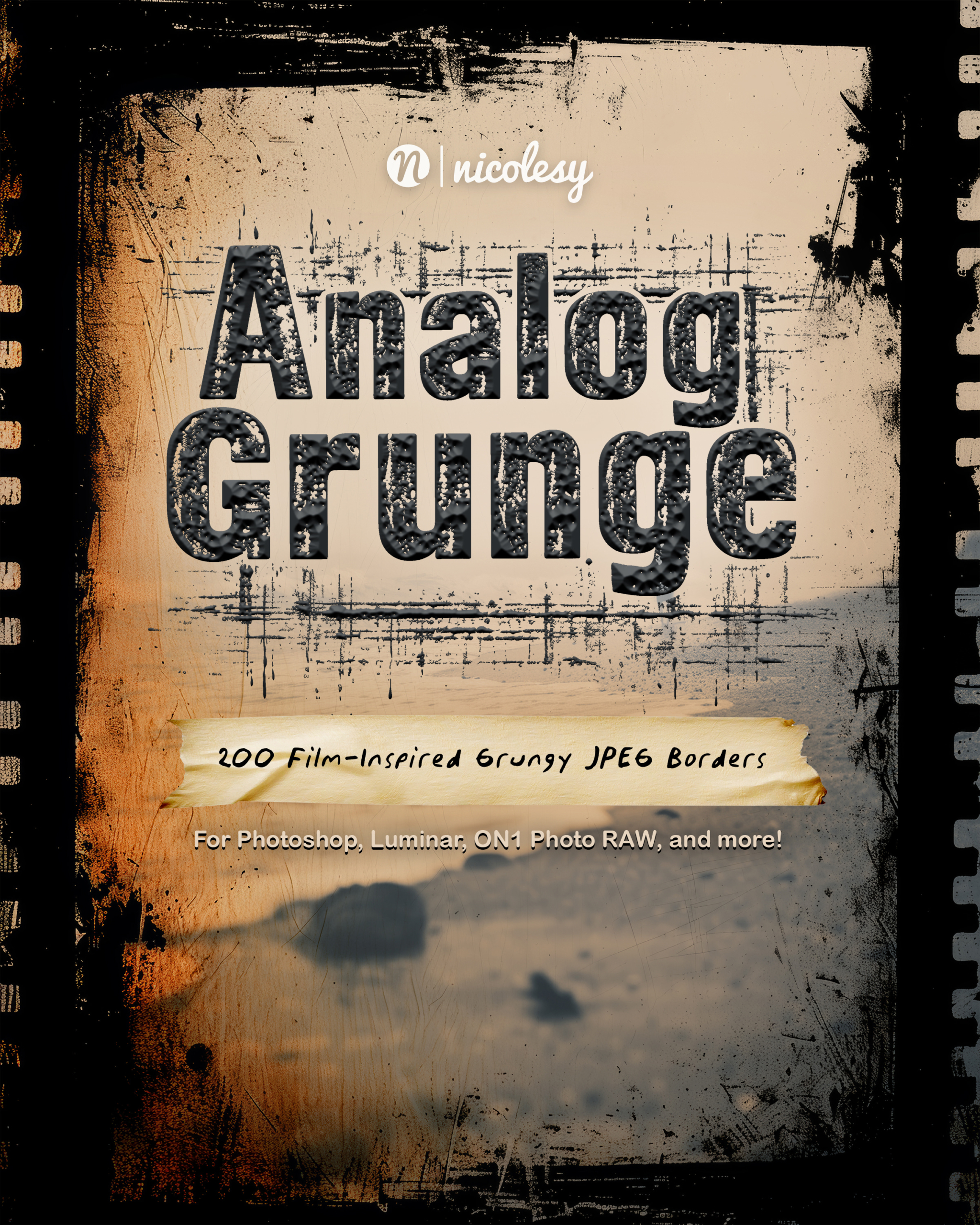


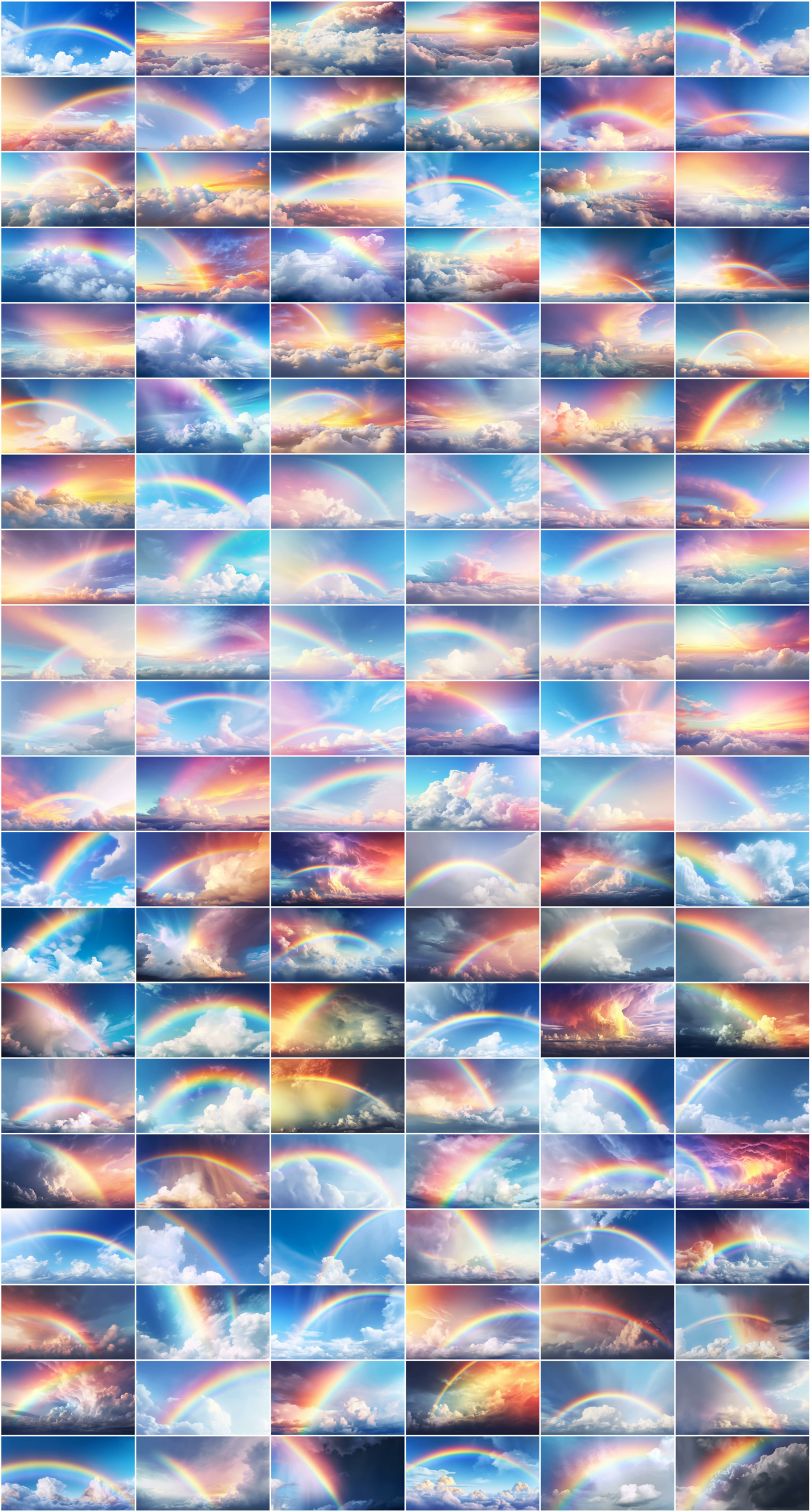
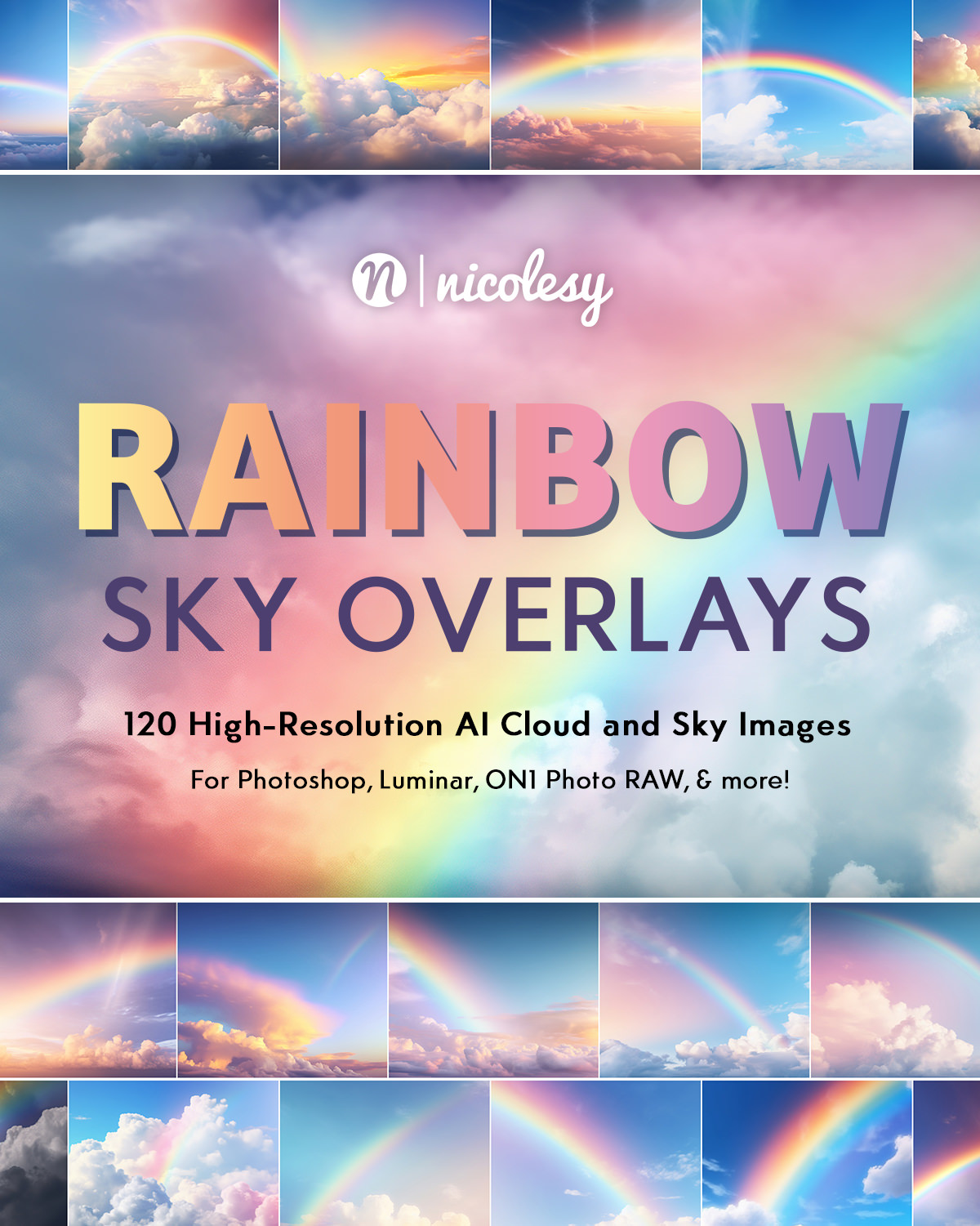
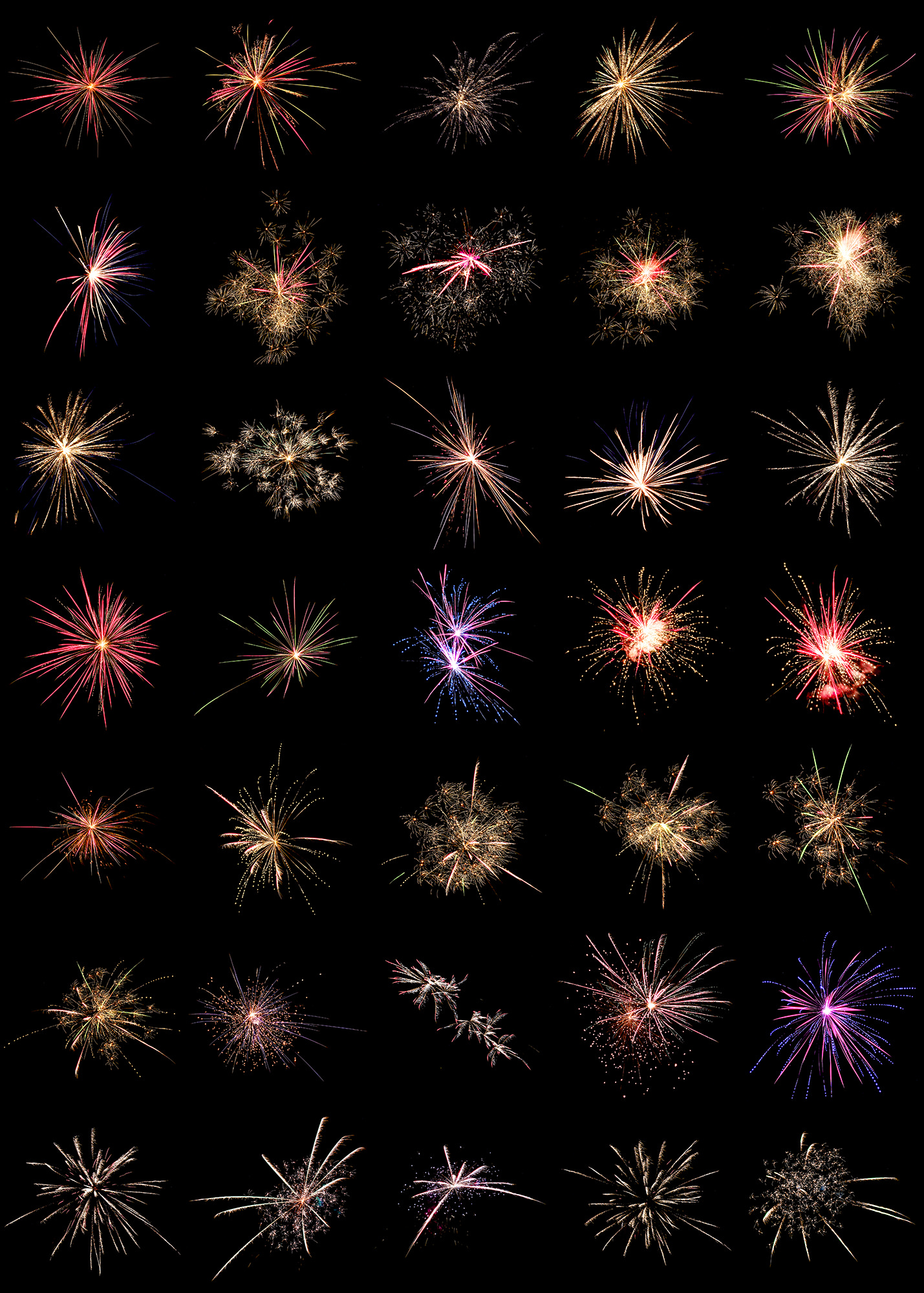
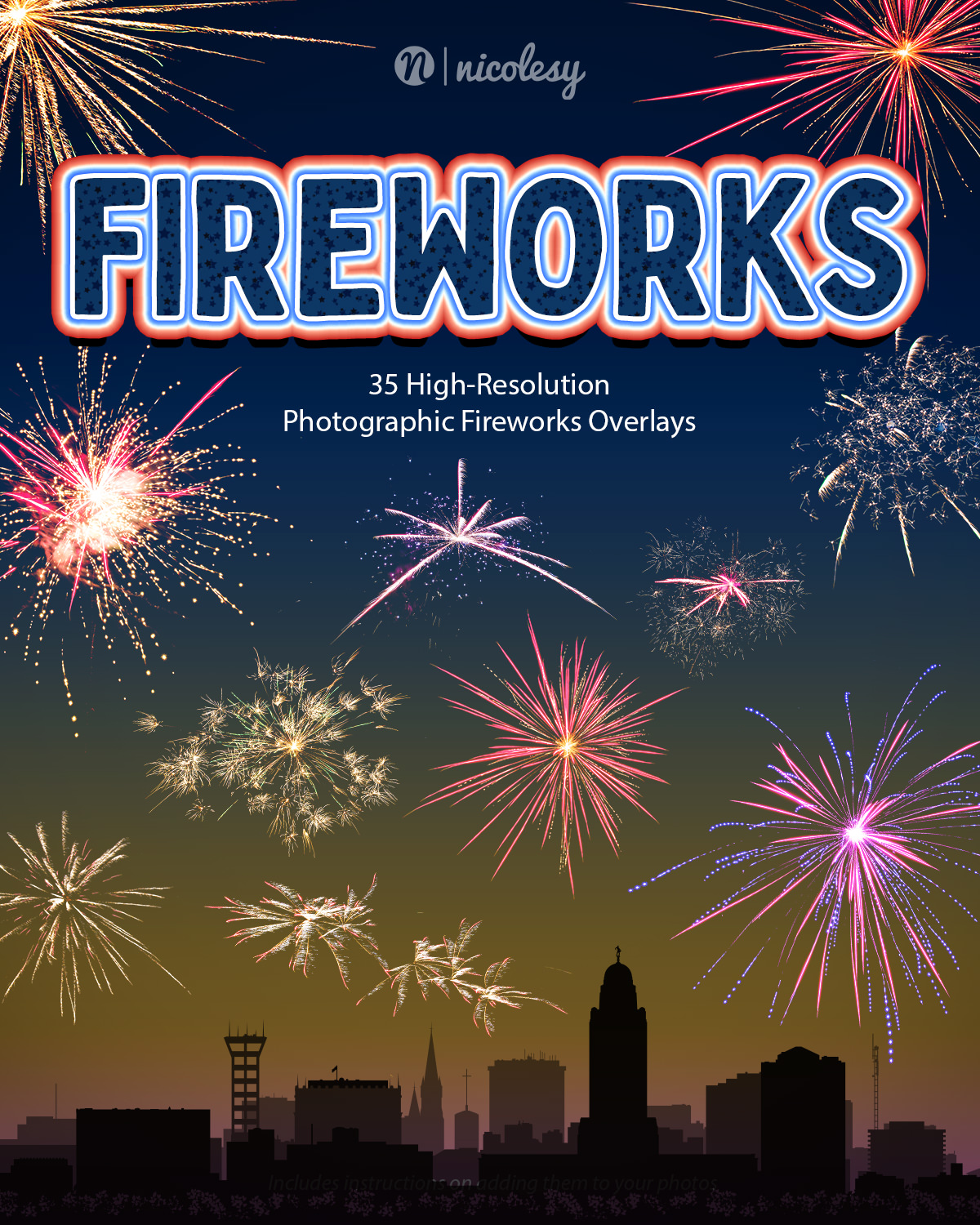
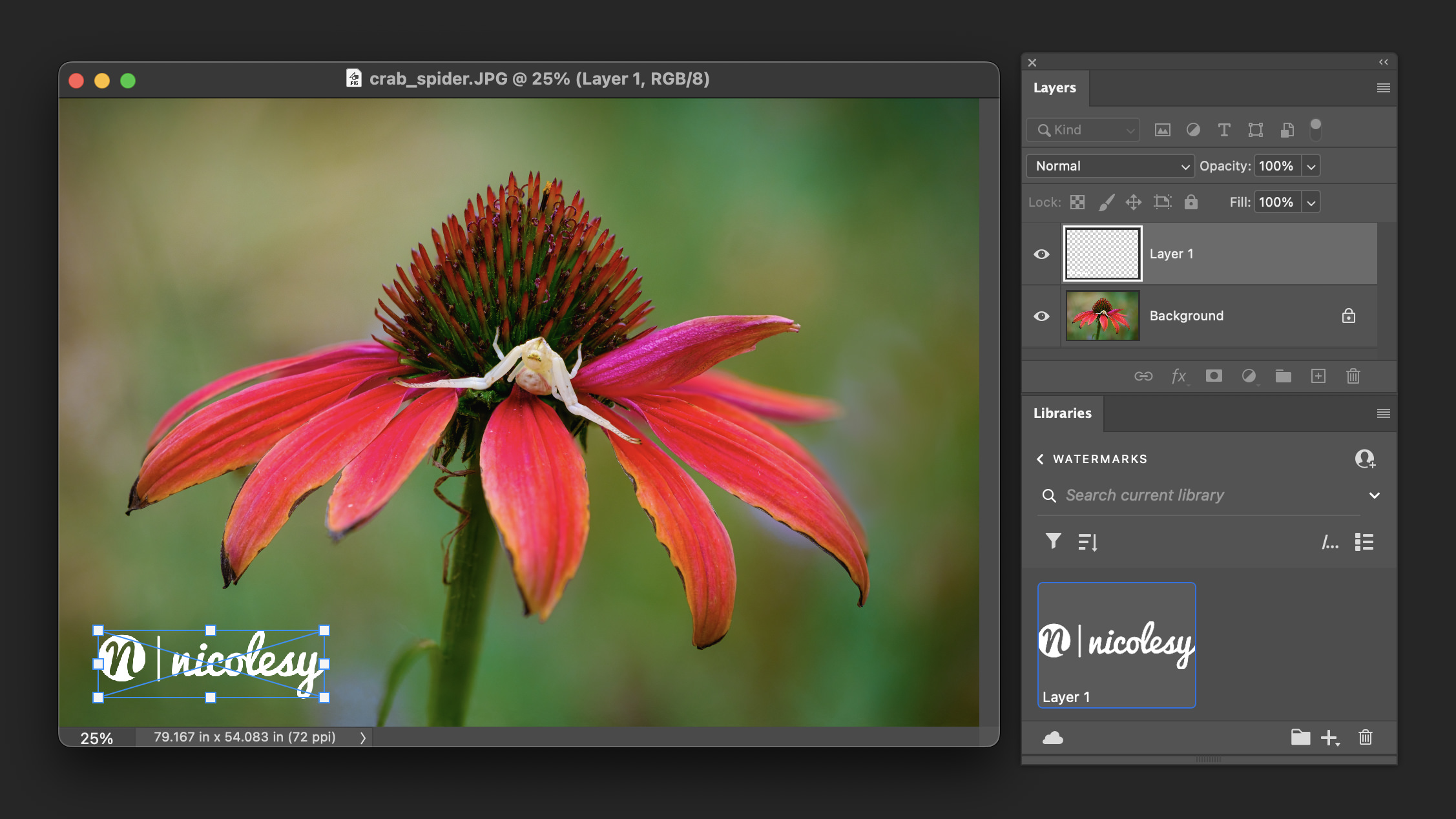
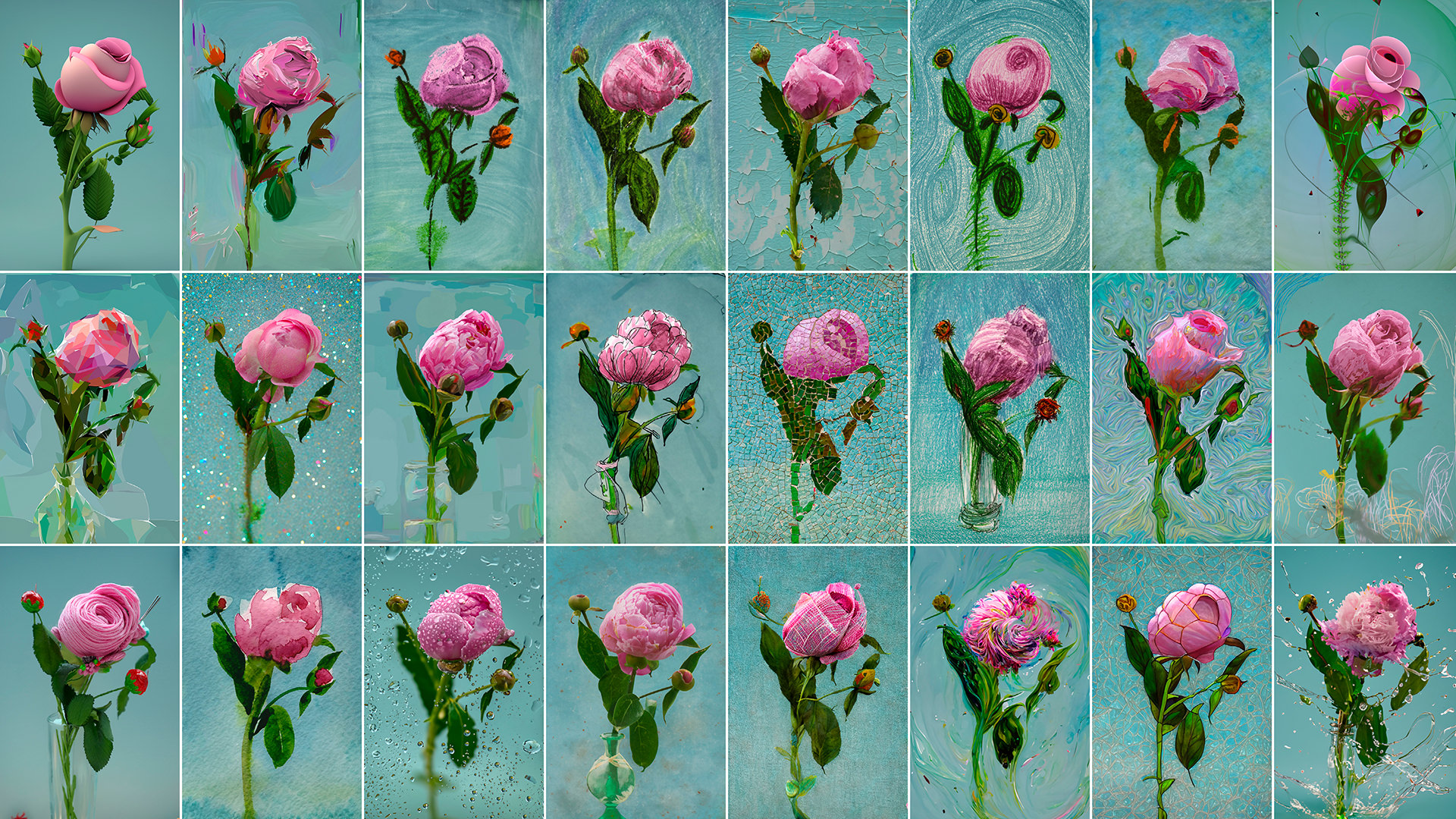
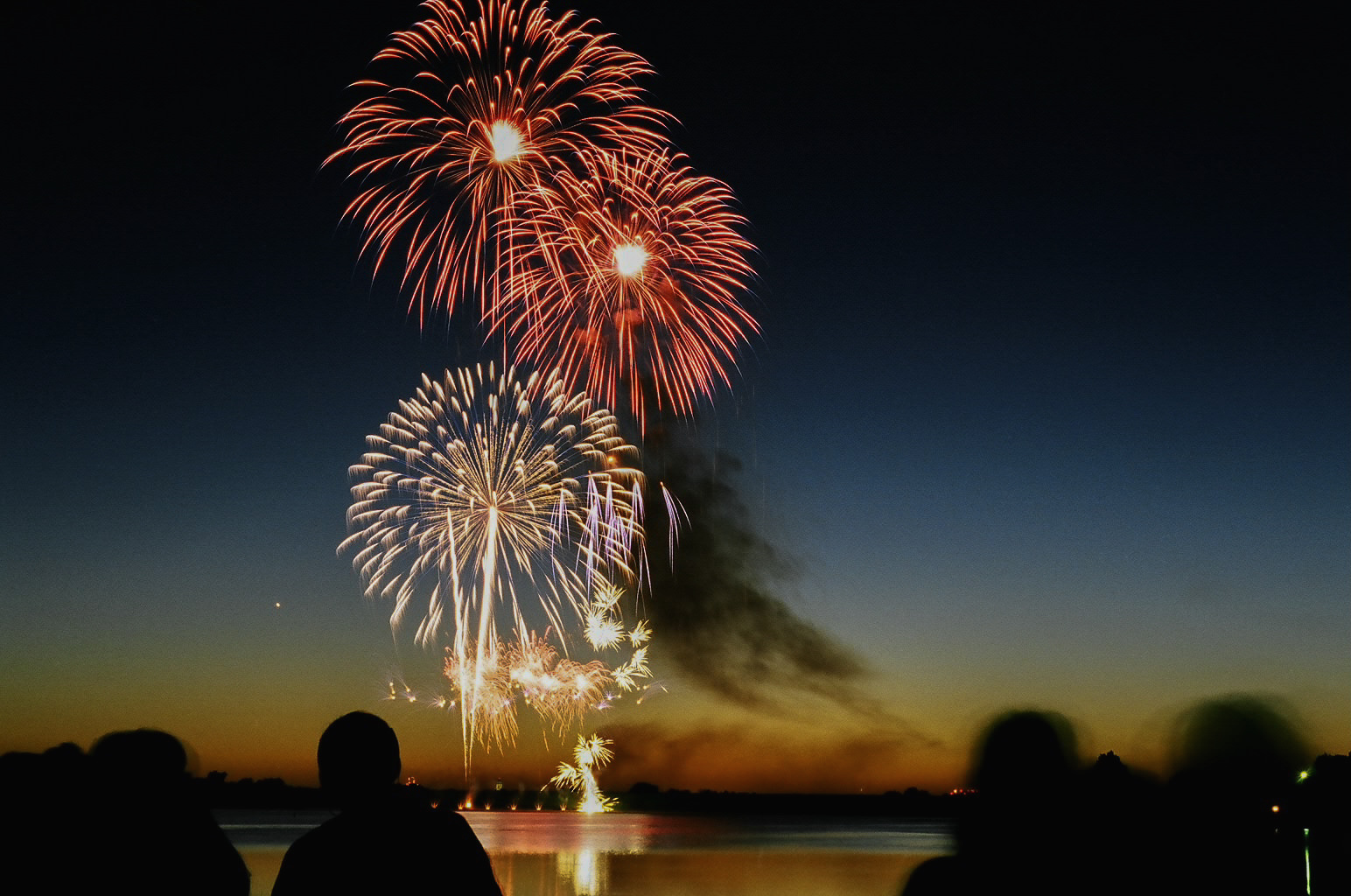
Hi, may I ask what lens would you use for a “shot from above”? Thanks, CC.
Hi CC! I would probably use a wider lens, such as 24mm. The images in the post were photographed with my iPhone, which has a wider perspective. A wide/mid-range zoom lens might also be a good choice to give you some options, depending on how high above the food you can get.